Home>Ideas and Tips>Wabi-Sabi Wonder: Finding Beauty In Imperfection
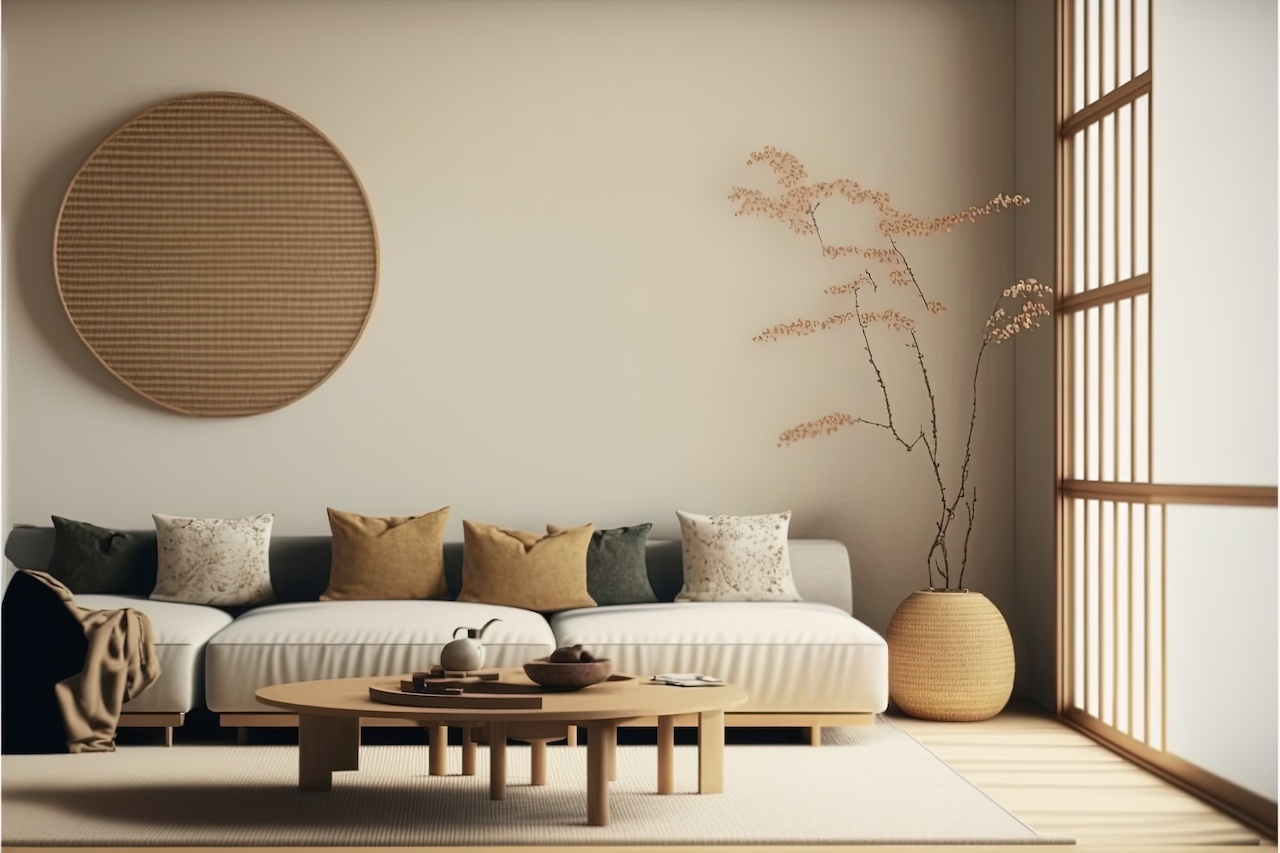

Ideas and Tips
Wabi-Sabi Wonder: Finding Beauty In Imperfection
Modified: October 28, 2024
Discover the beauty of imperfection with wabi-sabi. Learn how to embrace simplicity and natural materials in your home for a serene, authentic space.
(Many of the links in this article redirect to a specific reviewed product. Your purchase of these products through affiliate links helps to generate commission for Storables.com, at no extra cost. Learn more)
In a world where perfection is often the ultimate goal, it's refreshing to explore a philosophy that celebrates the beauty of imperfection. Wabi-sabi, a Japanese concept that has been around for centuries, invites us to appreciate the unique charm of imperfections and the transient nature of things. This article delves into the essence of wabi-sabi, its historical roots, and how it can be applied to our daily lives, particularly in the context of home improvement.
The Origins of Wabi-Sabi
Wabi-sabi emerged in Japan during the 15th century as a reaction to the prevailing aesthetic of lavishness and ornamentation. The term "wabi-sabi" is derived from two Japanese words: "wabi," which evokes a sense of simplicity and modesty, and "sabi," which refers to the beauty that emerges over time and the acceptance of the shortness of life. This philosophy is deeply rooted in Japanese culture and is often associated with the traditional tea ceremony, where rustic, imperfect tea bowls are revered for their uniqueness and imperfections.
The Art of Imperfection
Wabi-sabi is not just an aesthetic; it's a philosophy of life that values diversity as an integral part of beauty and the very nature of existence. It encourages us to embrace and appreciate the flaws and irregularities in life, finding value in simplicity and the ordinary. This approach is fundamentally different from the Western culture's obsession with perfection, where imperfections are often seen as flaws to be hidden or corrected.
Embracing Imperfection in Home Improvement
In the context of home improvement, wabi-sabi offers a refreshing alternative to the sleek, mass-produced designs that dominate modern interior design. It invites us to slow down, appreciate simple things, and find beauty in life's imperfections. Here are some ways you can incorporate wabi-sabi into your home:
1. Natural Materials
Wabi-sabi environments are characterized by the use of natural materials such as wood, stone, ceramics, bamboo, and raw fabrics. These materials carry a history and a patina of wear, adding character and authenticity to the space. Consider using reclaimed wood for your furniture or stone for your countertops. The imperfections in these materials tell a story of nature and time.
2. Minimal Processing
One of the key elements of wabi-sabi is minimal processing. This means leaving materials in their natural state or treating them to enhance their intrinsic beauty rather than covering them up with elaborate finishes. For example, an old wooden bowl with its natural patina can be more beautiful than a polished one.
3. Subtle Hues
Wabi-sabi often employs subtle hues that evoke nature. Think about using earthy tones like beige, brown, or green for your walls and furniture. These colors create a sense of tranquility and harmony, making your space feel more authentic and connected to the natural world.
4. Embracing Imperfections
In wabi-sabi design, every crack in wood, every stain of faded paint, and every sign of wear is considered a precious detail that adds depth and character to the space. Instead of hiding these imperfections, you can celebrate them by leaving them as they are or even highlighting them with subtle lighting.
Creating a Wabi-Sabi Home
Creating a wabi-sabi home is not about following strict rules; it's about embracing a state of mind. Here are some practical tips to help you get started:
1. Start with Small Items
Begin by incorporating small wabi-sabi elements into your daily life. For example, use an old bowl as a receptacle for the day's mail or let the paint on an old chair chip naturally.
2. Appreciate Nature
Wabi-sabi encourages us to appreciate nature's imperfections. Display real plants and flowers in your home or incorporate nature-inspired prints and patterns into your designs.
3. Declutter Mindfully
Wabi-sabi also speaks to minimalism but not in the sense of getting rid of everything. Instead, it's about surrounding yourself with only the things that bring you joy and happiness. This approach helps in creating a space that feels authentic and peaceful.
The Benefits of Wabi-Sabi
Incorporating wabi-sabi into your life offers numerous benefits:
1. Reduced Stress
By embracing imperfections, you reduce the stress associated with striving for perfection. This philosophy encourages you to accept things as they are, rather than constantly trying to improve them.
2. Increased Creativity
Wabi-sabi promotes creativity by focusing on the process rather than the end result. This mindset allows you to explore new ideas without fear of failure, knowing that even mistakes can lead to valuable learning experiences.
3. Deeper Connections
Embracing wabi-sabi helps you develop deeper connections with others by recognizing and appreciating their imperfections. This understanding fosters a supportive environment where everyone feels valued and accepted.
Practical Applications in Home Improvement
Here are some practical applications of wabi-sabi in home improvement:
1. Using Vintage Items
Incorporate vintage items into your decor. These items often carry a story and a patina of wear that adds character to your space. For example, an old wooden table with scratches and stains can be more beautiful than a new one.
2. Creating a Wabi-Sabi Garden
Design a garden that celebrates imperfections. Let your plants grow naturally without pruning them too much. The unique shapes and colors of your garden will add beauty to your outdoor space.
3. Designing a Wabi-Sabi Bathroom
A wabi-sabi bathroom can be created by using natural materials like stone or wood for the fixtures and decor. Leave some areas unfinished or slightly imperfect to add character to the space.
The Role of Kintsugi in Wabi-Sabi
Kintsugi, the art of repairing broken pottery with gold or silver lacquer, is a clear demonstration of wabi-sabi in practice. This art form imparts a sense of sadness at the impermanence of all things while appreciating that these old objects have their own inherent value with their imperfections. Kintsugi teaches us that imperfections are not flaws but rather beautiful marks that tell a story.
Embracing Wabi-Sabi in Daily Life
Embracing wabi-sabi need not be limited to home improvement alone; it can be applied to various aspects of daily life. Here are some ways you can incorporate this philosophy into your daily routine:
1. Appreciating Everyday Objects
Look at everyday objects with new eyes. A chipped coffee mug is no longer just a damaged item but a reminder that nothing is perfect, and that's what makes life beautiful.
2. Finding Beauty in Nature
Take inspiration from nature by appreciating its imperfections. The magnificent oak tree with shed leaves, the colorful wisteria twisting and turning, or the humble bumblebee hopping from flower to flower all embody the spirit of wabi-sabi.
Conclusion
Wabi-sabi offers a unique perspective on beauty and imperfection that can transform our homes and lives. By embracing this philosophy, we can create spaces that are authentic, peaceful, and deeply connected to nature. Whether you're a seasoned home improver or just starting out, incorporating wabi-sabi elements into your decor can lead to a more meaningful and fulfilling living experience.
In conclusion, wabi-sabi is not just an aesthetic; it's a way of life that encourages us to appreciate the beauty in imperfection and the transient nature of things. By embracing this philosophy, we can find peace in our imperfections and create homes that reflect our unique stories and experiences.
References: Utne: Wabi-Sabi: The Art Of Imperfection LinkedIn: Finding Beauty In Imperfection: My Journey Through Wabi-Sabi Emilgroup: Wabi-Sabi: The Aesthetics Of Imperfection In Interior Design Houseofmahalo: Wabi-Sabi Home: Embracing The Beauty Of Imperfection Feednflow: Wabi Sabi: An Invitation To See The Beauty Of Life With All Its Imperfections
Was this page helpful?
At Storables.com, we guarantee accurate and reliable information. Our content, validated by Expert Board Contributors, is crafted following stringent Editorial Policies. We're committed to providing you with well-researched, expert-backed insights for all your informational needs.


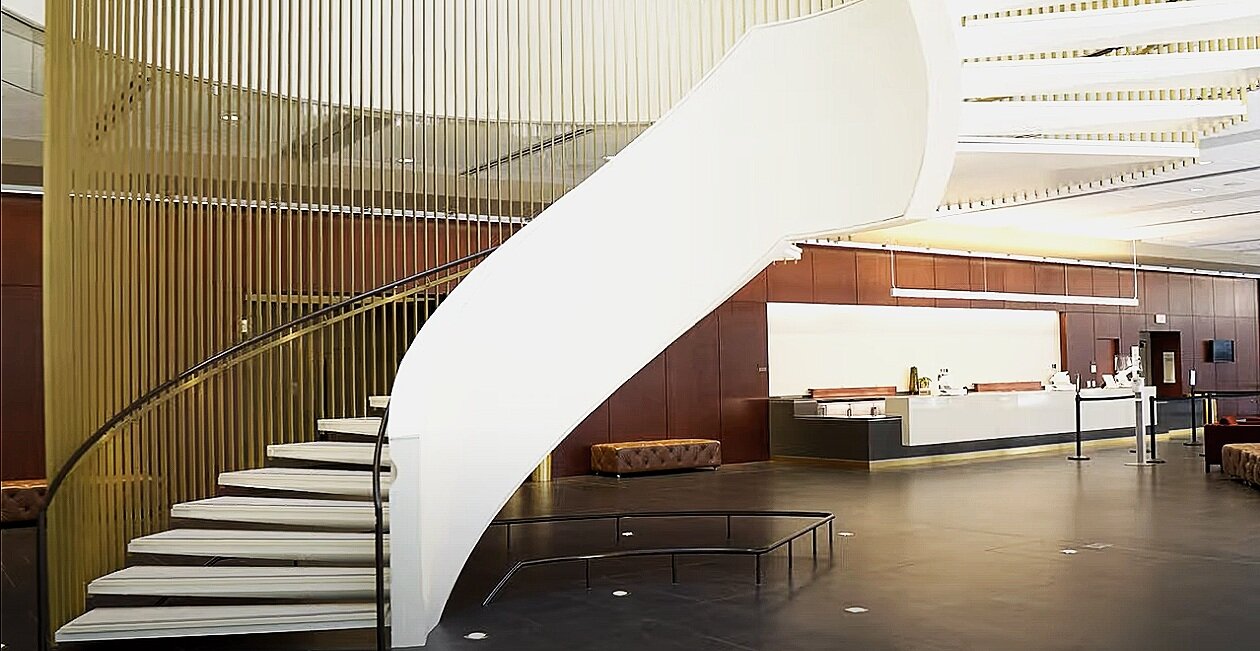
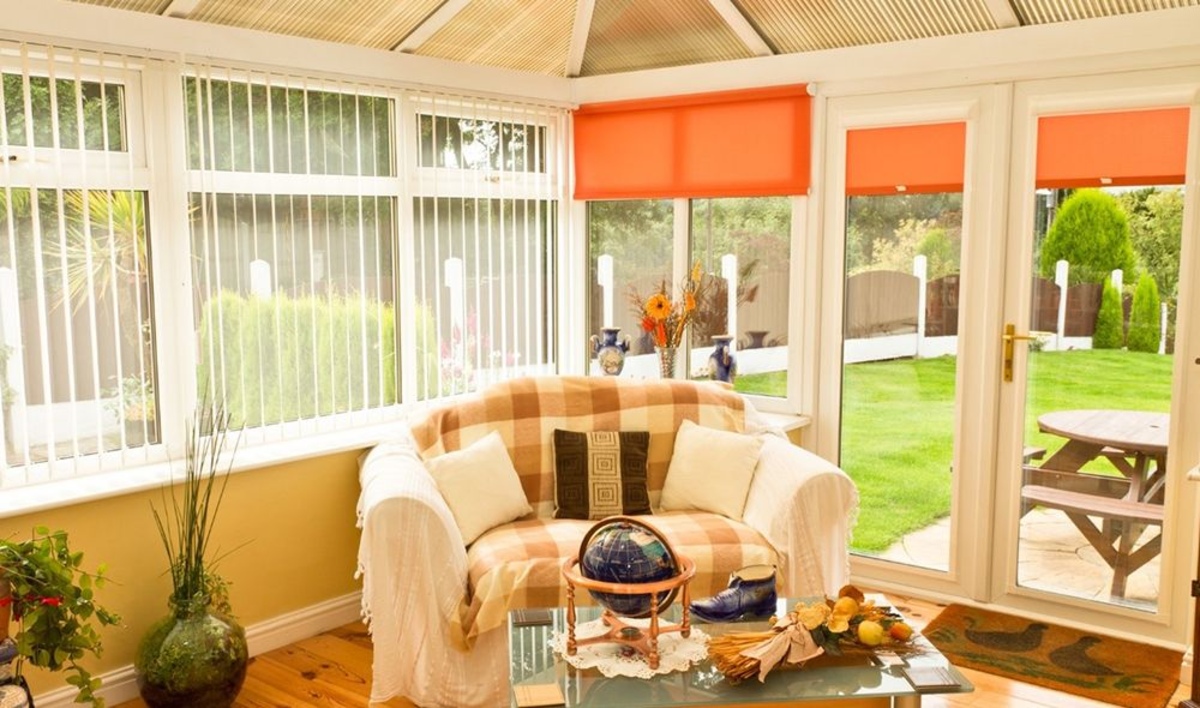

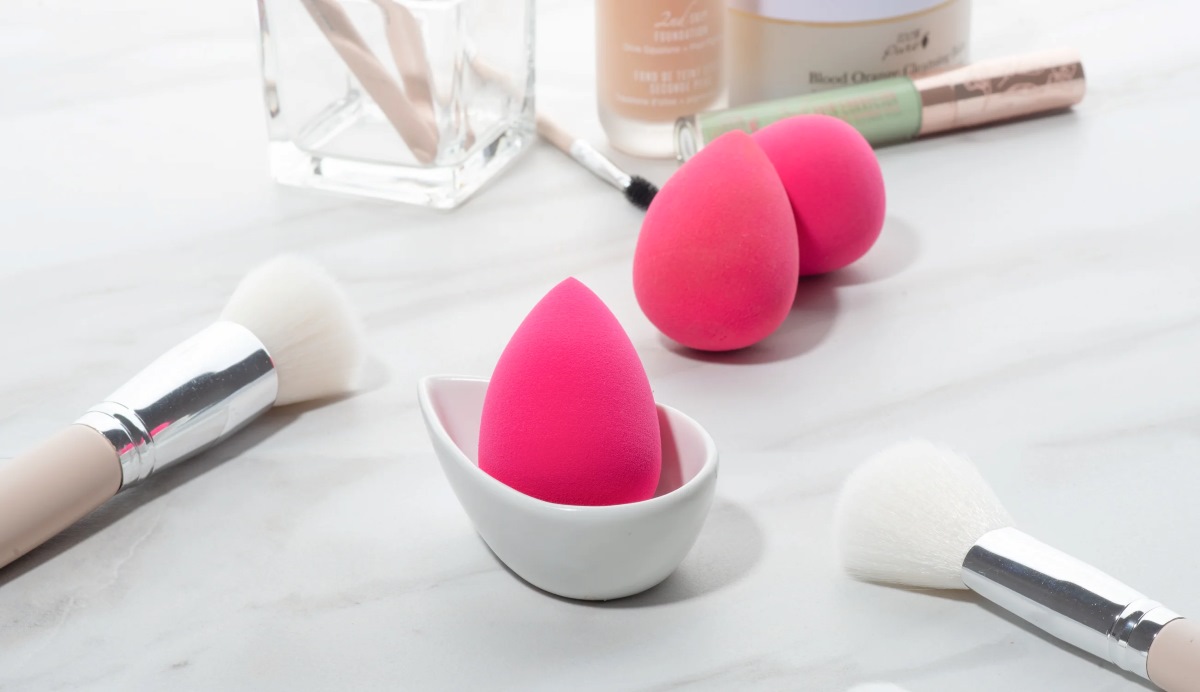



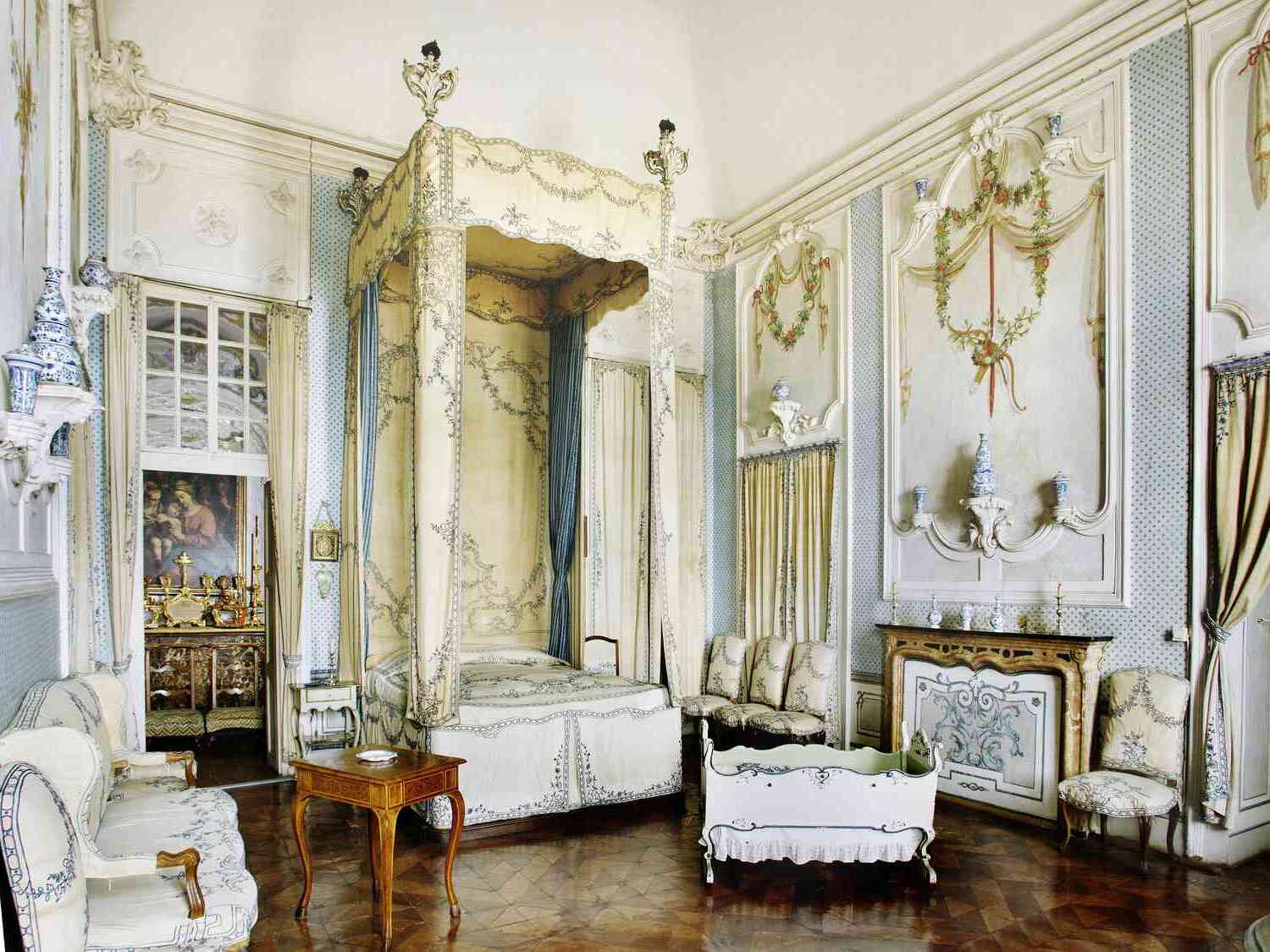
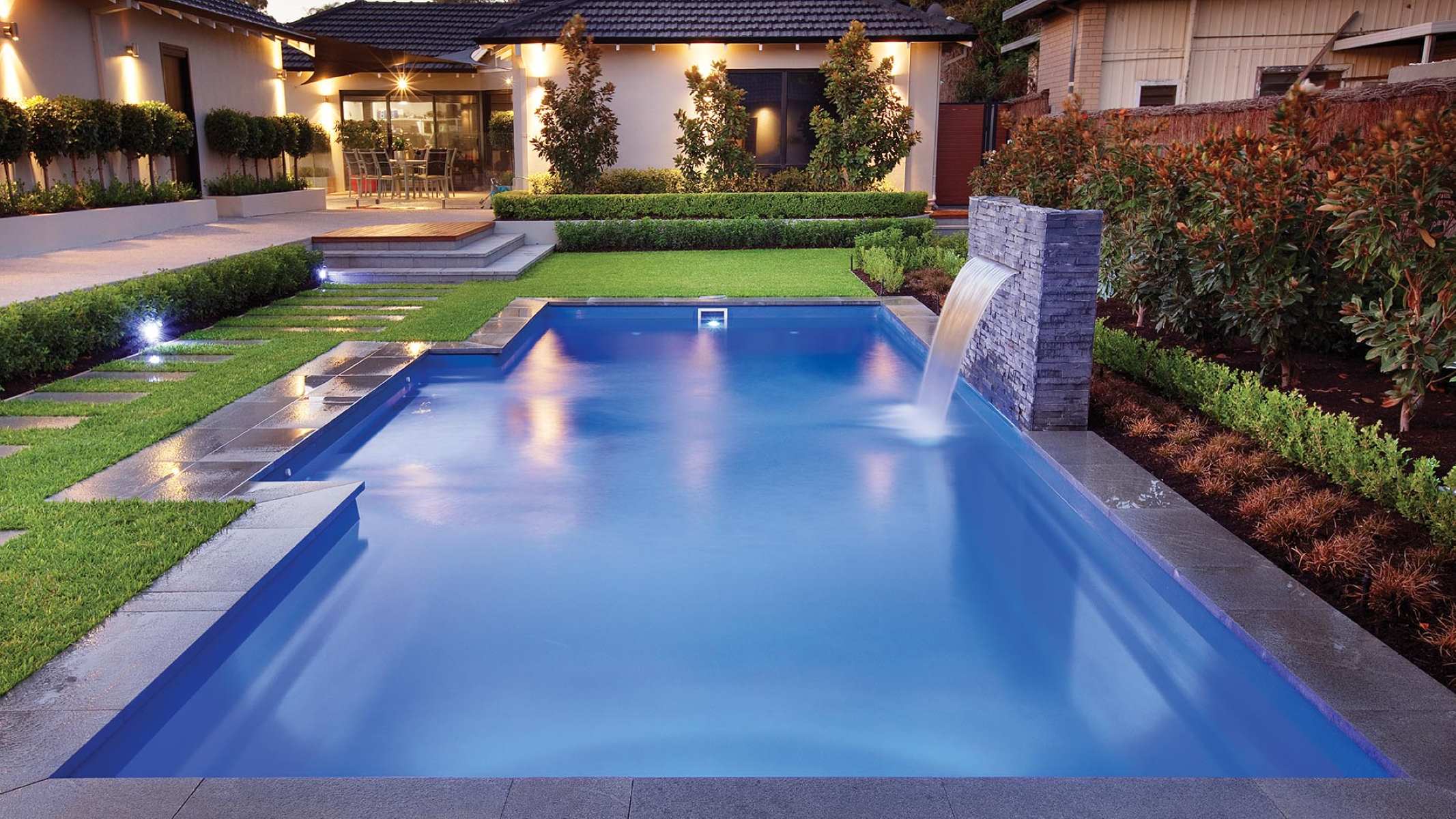
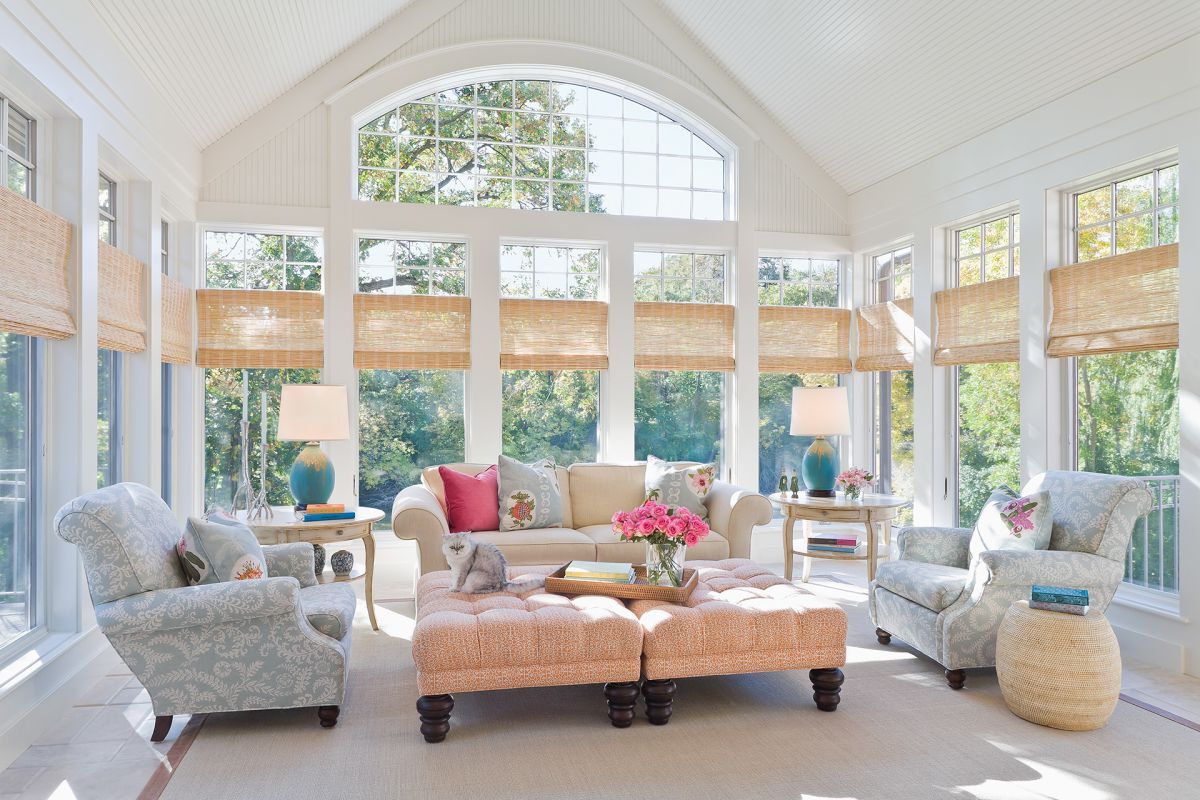
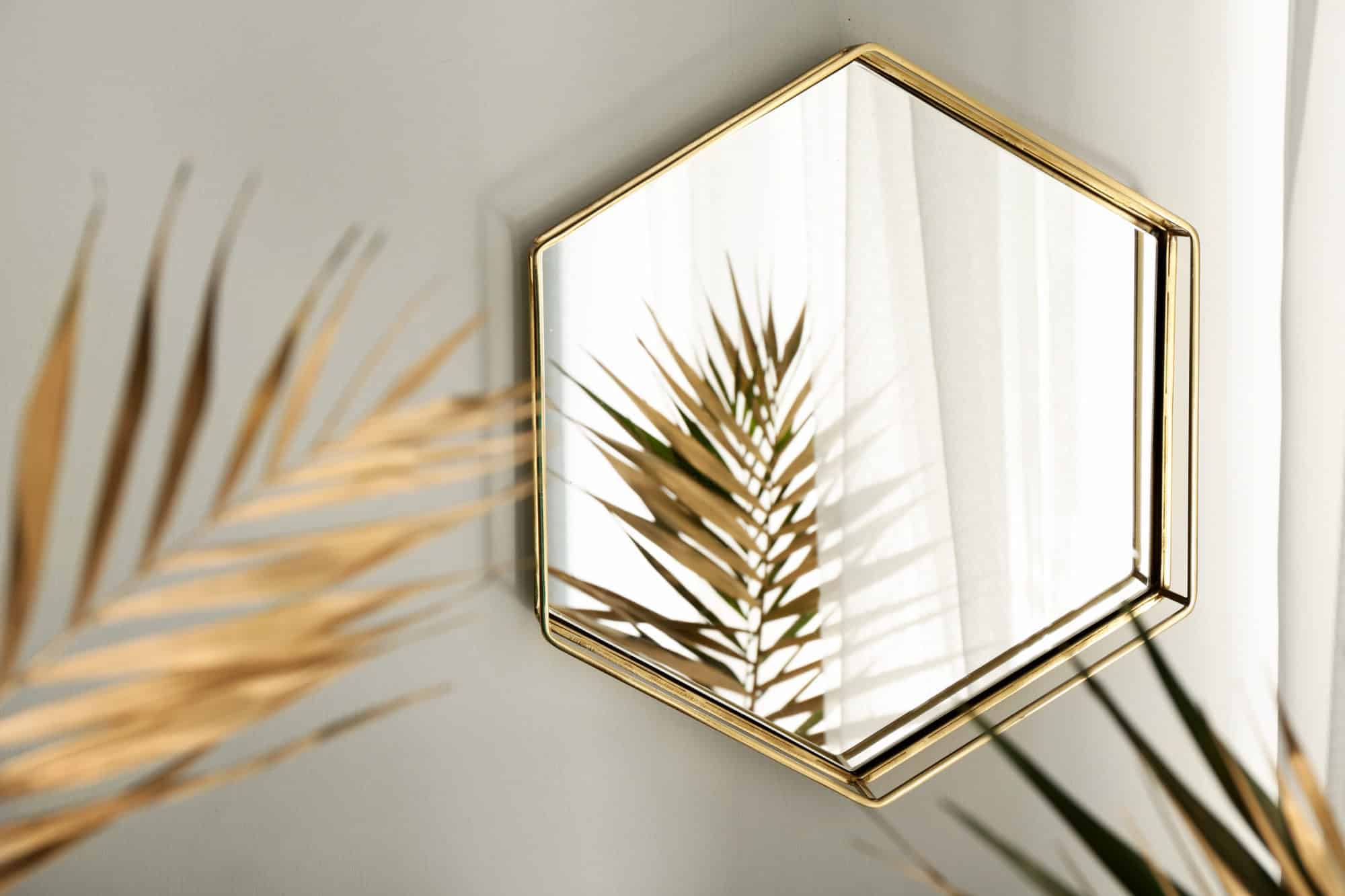


0 thoughts on “Wabi-Sabi Wonder: Finding Beauty In Imperfection”